Pottery pieces often captivate with their rich designs and striking hues. The secret behind those stunning finishes lies in the choice of ceramic glaze. But before you dive into the world of glazes, it’s crucial to understand that not all glazes are created equal. Choosing the right type of ceramic glaze can make or break your pottery masterpiece.
Whether you’re aiming for a glossy sheen, a matte finish, or a textured look, each type of ceramic glaze offers unique possibilities to transform your clay creations into works of art.
Choosing a Pottery Glaze – Some Practical Considerations
While fantasizing about the appearance of your pottery is thrilling, it’s advisable to address the practical aspects first. Now, let’s examine a few of these realities.
The Temperature You Are Firing to Determines the Types of Ceramic Glaze You Can Use
When choosing a glaze, it is crucial to consider the temperature you are firing your ceramics. For example, low-fire glazes are typically used for earthenware and fired at a lower temperature, while high-fire glazes are suitable for stoneware or porcelain that require higher firing temperatures. If you use a glaze that is not compatible with your firing temperature, it may crack or change color unexpectedly during the firing process.
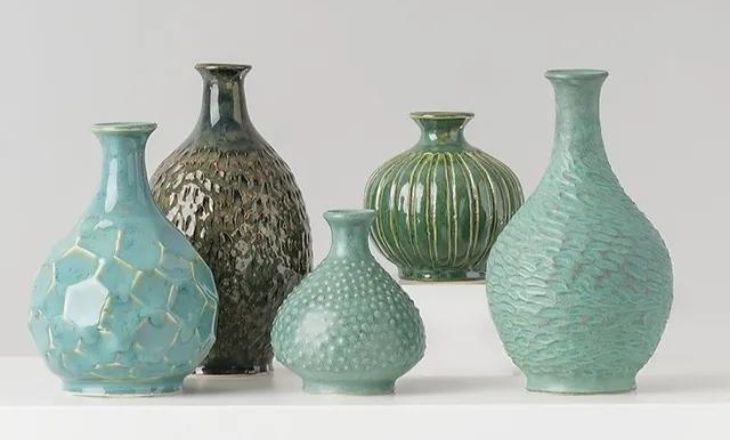
Low-fire glazes, fired at lower temperatures, are often preferred for their vibrant colors but may lack durability. However high fire glazes require higher temperatures but result in more durable finishes suitable for functional pieces. When choosing the glaze, it’s essential to consider the firing temperature of your kiln. Low-fire glazes typically produce brighter colors and are more suitable for decorative pieces, while high-fire glazes create durable and functional ceramics.
Choosing a Pottery Glaze According to Its Firing Temperature Range
The firing temperature plays a crucial role in the final appearance and characteristics of the glaze. Low-fire glazes typically fire at temperatures between Cone 06 and Cone 04 (900-1150c), resulting in bright colors but limited durability. But high-fire glazes fired at Cone 8 or above (1100-1280C) offer more durability and depth.
Mid-range glazes fired between cones 4-7 (1120-1180°C) provide a balance between vibrant colors and strength. Whether you aim for bright hues, intricate patterns, or unique textures, selecting the right glaze based on its firing temperature range is essential for creating stunning pottery pieces that stand out.
Low Fire Glazes
Low-fire glazes offer a wide spectrum of vibrant colors that can add a pop of intensity to your pottery pieces. Their firing temperature range between 900-1150C makes them ideal for achieving stunning visual effects without the need for extensive energy consumption.
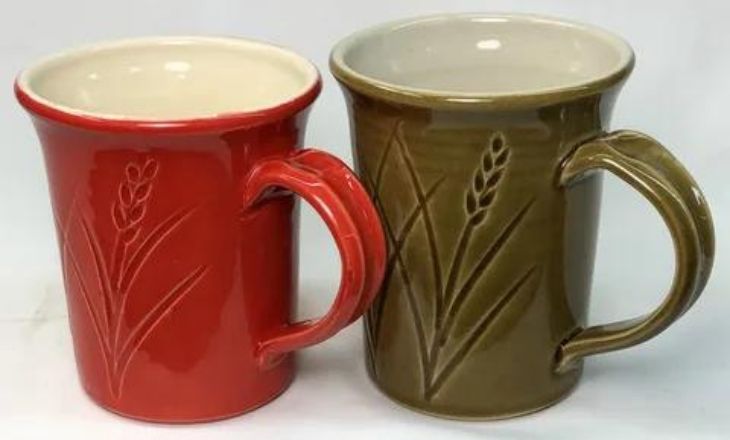
One of the key advantages of low-fire glazes is their accessibility, with many commercially produced options readily available in the market. This allows artists to experiment with different color palettes and techniques without the burden of having to create custom glaze formulations from scratch.
Mid Fire Glazes
Mid-fire glazes offer a balance between durability and aesthetic appeal, making them a versatile choice for both functional and decorative pottery pieces.
The strength of mid-fire glazes makes them ideal for everyday use items such as mugs, plates, and bowls. This durability ensures that the beauty of the glazed pottery remains intact even with regular wear and tear.
High Fire Glazes
When choosing a glaze for high fire temperatures, it’s essential to understand that this firing range offers unique opportunities for rich and complex finishes. With the intensity of heat in gas kilns, high-fire glazes can achieve stunning effects that may not be possible at lower temperatures.
One advantage of high firing is the durability and strength it imparts to the finished pieces, making them ideal for functional ware like dinnerware or vases. The intense heat allows minerals in the glaze to fully melt and interact with each other, creating a depth and variation difficult to achieve at lower temperatures.
Overfiring Your Glaze:
One of the key issues that arise from overfiring is the risk of creating excess melting, leading to a lopsided distribution of glaze on your pottery. This can detract from the overall aesthetic quality of the piece, as an uneven coating can distort its intended appearance. Overfired glazes may result in blistering and pinholing—defects that compromise the smooth finish expected from a well-fired piece.
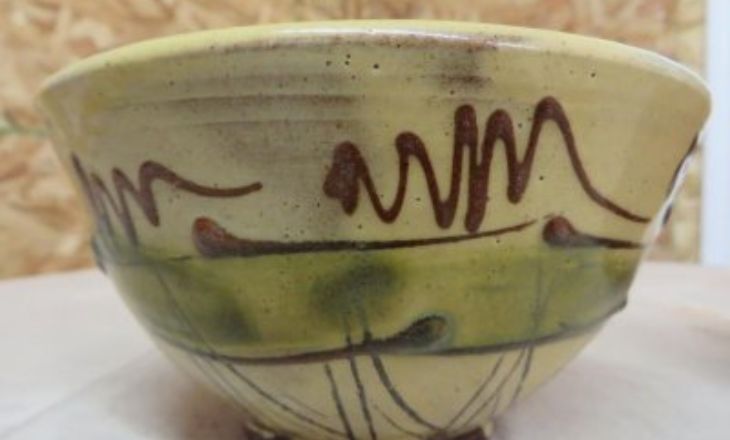
Pin holes in pottery glaze
For pottery glaze, understanding the temperature range that each type is suited for is crucial in ensuring a successful firing process. Overfiring a glaze can lead to undesirable holes and pitting on the surface of your pottery, often caused by the formation of bubbles bursting during firing. It’s important to match the cone rating of your glaze with the appropriate firing temperature for your specific clay body to avoid these issues.
Underfiring Your Glaze:
There are different types of glazes that react differently to underfiring. For example, matte glazes can appear especially lackluster when not fired to the correct temperature, losing their intended finish and depth. But Transparent or glossy glazes may hold up better but still risk looking uneven or blotchy if underfired. Understanding the unique characteristics of each type of glaze is crucial in achieving the desired results in ceramic firing processes.
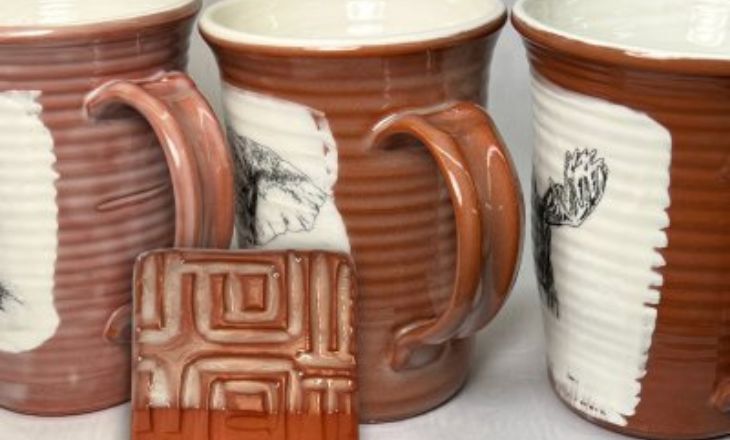
Cloudy clear glaze
Underfired glazes can compromise the structural integrity of your pieces, making them more susceptible to chipping or flaking over time. This not only impacts the aesthetics but also undermines the usability of your creations.
In the world of pottery, understanding the relationship between glazes and clay bodies is essential for successful firing. Using a high-fire glaze on a low-fire clay body can result in underfiring your glaze, leading to unsatisfactory results.
What Type of Kiln Are You Using?
When choosing a glaze, Electric kilns are ideal for beginners due to their convenience and ease of use. They are smaller, require less maintenance, and do not need venting, making them a popular choice among pottery enthusiasts.
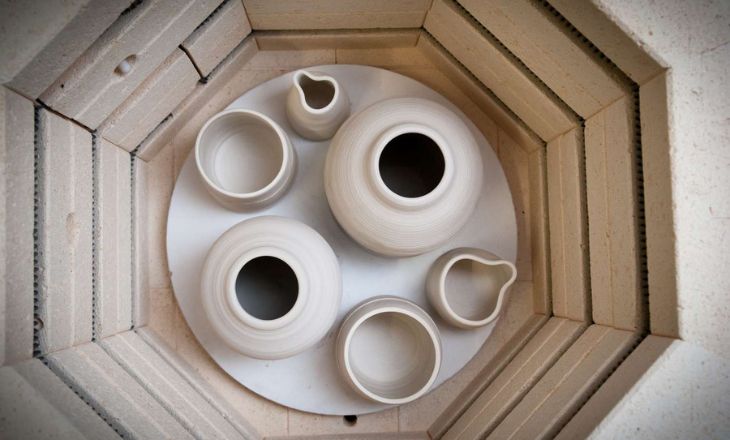
But gas kilns are typically larger and more complex to operate. They require an air inlet and flue for ventilation, making them less practical for those new to glazing ware. While gas kilns offer unique firing techniques and beautiful results, they may be better suited for experienced potters looking to explore advanced techniques in pottery firing. A glaze fired in an electric kiln may have a smoother finish compared to the same glaze fired in a gas kiln, which could result in more depth and texture.
Oxidation and Reduction
The differences in glaze appearance between oxidation and reduction firing, it’s important to consider the types of glazes used. Certain glazes may react differently depending on the kiln atmosphere. For example, copper-based glazes can produce stunning reds and blues in a reduction atmosphere, while in an oxidation environment, they may turn out more muted or even brownish.
Decorative or Functional Glazes?
When choosing the glaze, the distinction between decorative and functional glazes plays a crucial role. Functional dinnerware requires food-safe glazes to ensure they are suitable for consuming meals off of and cooking in. The question of food safety in pottery is a multi-faceted issue that has gained increasing attention recently due to health concerns.
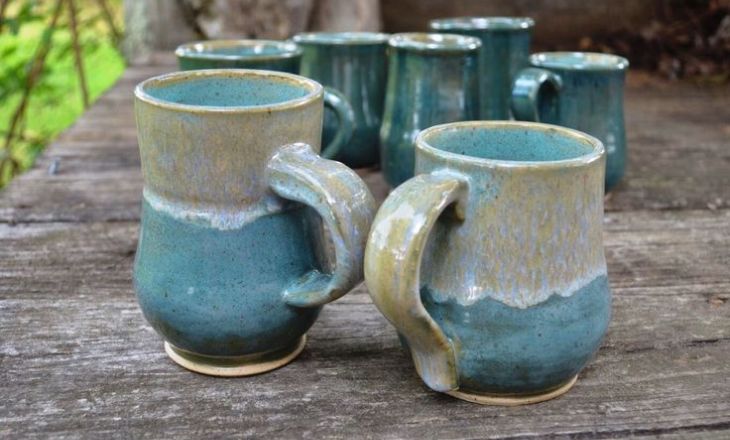
Functional glazes must prioritize safety and practicality, especially when considering the possibility of toxic substances leaching into food. Lead, in particular, is a harmful substance that can find its way into consumables if present in the glaze composition. Ensuring the chosen functional glaze is food-safe is crucial for both the maker’s and the user’s health and well-being.
Lead or Lead-Free Glaze?
When choosing between lead and lead-free glazes for pottery, it is essential to prioritize both the aesthetics of the final product and the safety of its users. Lead glazes may offer vibrant colors and a shiny finish but come with potential health risks that cannot be overlooked. The Department of the Environment and Energy’s warning serves as a stark reminder of the importance of making informed decisions about the materials we use in our craft.
Lab Testing Your Glazes?
When it comes to choosing between lead and lead-free glazes for pottery, safety should always be the priority. While lead-free glazes are generally considered safer for functional use, it’s important to understand that this alone does not guarantee food safety. Factors such as firing techniques, clay composition, and surface texture play a crucial role in determining whether a piece of pottery is truly safe for serving food.
To ensure that your pottery is indeed food-safe, some suppliers now recommend sending samples for lab testing. This extra step provides a more concrete assurance of the glaze’s safety and can help avoid any potential health risks associated with using unsafe materials. Ultimately, by staying informed about the different types of ceramic glazes available and taking precautionary measures like lab testing, you can create beautiful yet functional pieces of pottery that are truly safe for everyday use.
Artistic Considerations
When selecting a pottery glaze, a crucial aspect to consider is the type of finish you want to achieve. There are various glaze types available, each offering different textures, colors, and effects. Matte glazes give a soft and muted finish, while glossy glazes provide a shiny and reflective surface. Consider experimenting with different combinations and layering techniques to create unique visual effects on your pottery pieces.
Clear Glazes
By applying a clear glaze over underglaze decoration, artists can preserve and intensify the vivid colors of the underglaze while providing a protective seal for the ceramic surface. This combination allows for a visually striking finish that highlights both the form and decorative elements of the piece.
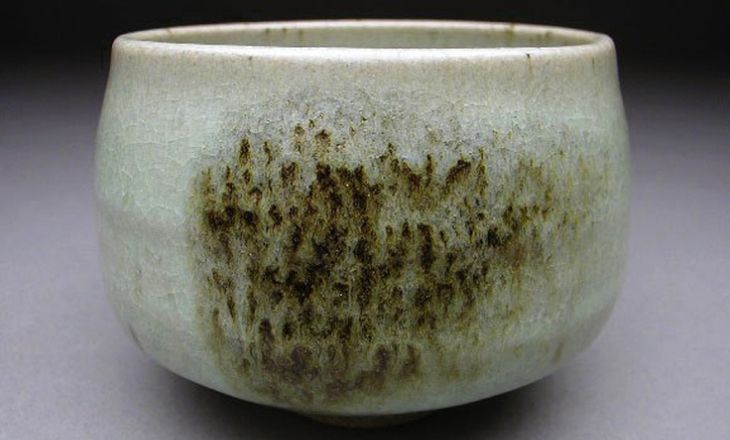
The clarity and brightness that a clear glaze impart can create depth and dimension to underglaze designs, adding complexity and visual interest to the overall composition. Choosing a clear glaze offers artists an opportunity to showcase intricate details without overpowering them with excessive color, resulting in a harmonious balance between form and decoration.
Clear glazes play a pivotal role in the final look of ceramic pieces, offering varying finishes from glossy to matte or satin. The choice of clear glaze type becomes an artistic decision that can greatly impact the visual appeal of the finished product. However, it’s crucial to address potential issues such as smudging when applying underglaze colors before adding the clear glaze.
Dipping or Brushing Your Glaze?
Glaze can be applied in a variety of methods. The two most popular methods are to brush it on or dip it in glaze.
Dipping Glazes
One advantage of using dipping glazes is the ability to achieve a consistent finish on your pottery pieces. The act of submerging the ceramic ensures that the glaze covers every nook and cranny, resulting in a smooth, uniform coat. Another benefit of dipping glazes is the potential for experimentation with layering different colors or types of glazes.
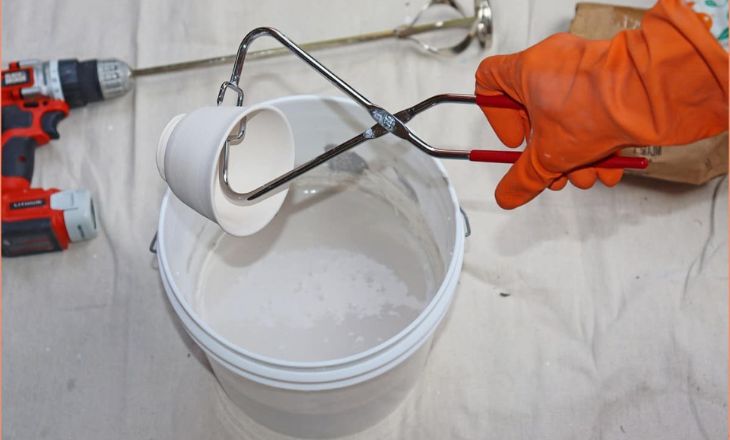
By sequentially dipping your pottery into multiple glazes, you can create unique and complex surface effects that add depth and interest to your pieces.
Brushing Glazes
The thicker consistency of brush-on glazes allows for layering and building up color intensity, enhancing the depth of the final finish. When using a brush-on glaze, it’s essential to ensure even application to achieve consistent coverage across the surface. Applying multiple coats may be necessary to achieve the desired effect, depending on the specific characteristics of the glaze being used.
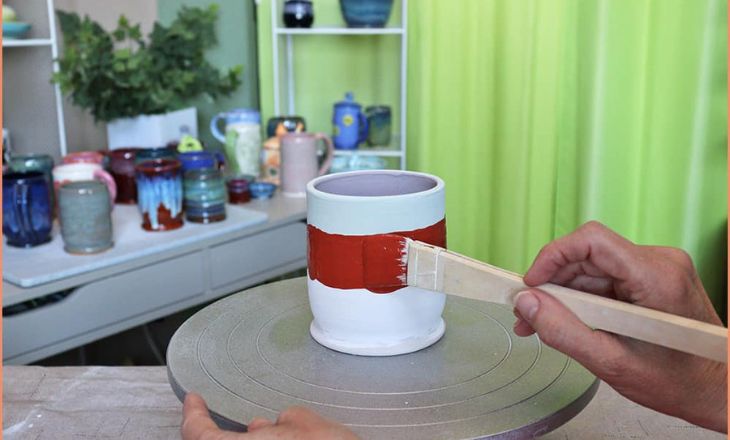
To offer creative possibilities, brushing glazes also provide convenience in terms of quantity and handling. With smaller containers typically available for purchase, artists can explore a variety of colors without committing to large quantities.
Powdered or Ready Mixed Glaze?
For those just starting out in the world of pottery glazing, the choice between powdered and ready-mixed glaze can be a daunting one. The convenience of ready-made glazes is undeniable, offering consistency and ease of use. Powdered glazes are often favored by experienced potters for their cost-effectiveness and flexibility in achieving unique effects.
The process of sieving plays a crucial role in ensuring a smooth mixture, especially for smooth-glaze finishes. For speckled effects, retaining the gritty residue from the sieve is key as it contributes to the distinctive speckled appearance in the final glaze. Depending on whether you need dipping or brushing glaze, adjustments such as adding a thickening medium may be required. This step transforms a regular glaze into a brush-on variant and varies based on each supplier’s recommended ratio of thickener to glaze.
Colored Glazes
Experimenting with layering different colors can lead to stunning and unique outcomes. The temperature at which the glazes mature is a crucial factor to consider when layering, as mismatched temperatures could result in unexpected visual effects. It’s not uncommon for artists to intentionally create unconventional-looking glazes by mixing colors that don’t typically go together.
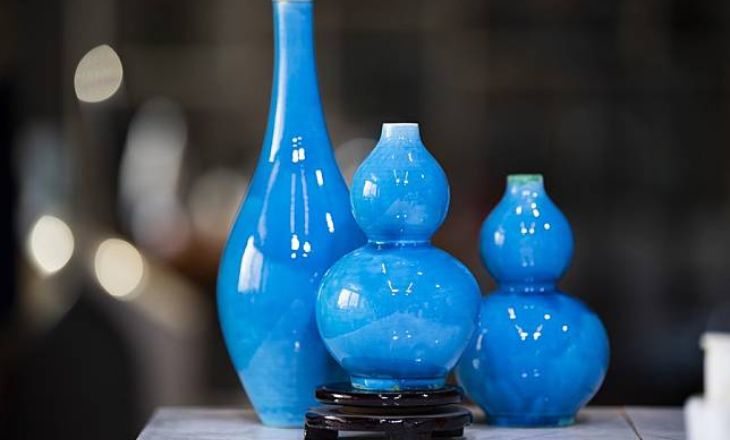
When working with colored glazes in pottery, it’s essential to embrace the element of surprise that comes with firing them. The transformation from raw to fired can lead to unexpected changes in color and texture, adding a layer of excitement to the creative process.
Opaque or Transparent Glaze?
When considering the choice between opaque or transparent glaze for your pottery, it’s important to keep in mind how each option will affect the overall look of your piece. Transparent glazes can beautifully showcase the natural color and texture of the clay body, adding depth and richness to the finished product. However, it’s crucial to remember that transparent glazes can darken or alter the colors of any underglaze decoration you may have applied.
However, the opaque glazes offer a more solid and uniform appearance by blocking out the underlying colors of the clay body. This can be advantageous if you want a clean canvas for your design without any interference from the clay color showing through. Semi-transparent glazes provide a middle ground by partially obscuring underlying decorations while still allowing some visibility.
Breaking Glazes
The magic of breaking glazes lies in their ability to enhance the intrinsic qualities of the clay itself. Whether it’s highlighting an intricately carved design or adding contrast between different colors of clay and glaze, this technique elevates the beauty and uniqueness of each piece.
As artists experiment with various types of breaking glazes, they unlock endless possibilities for creativity and expression, pushing the boundaries of traditional pottery techniques to create truly one-of-a-kind pieces that mesmerize and delight all who behold them.
Flowing Glazes
By applying these glazes alongside other types, they introduce an element of spontaneity that can result in stunning outcomes. The fluidity of flowing glazes allows them to interact with neighboring glazes, blending and merging to form intricate patterns and textures.
Firing flowing glazes at lower temperatures not only saves energy but also opens up new creative possibilities for artists. The ability to achieve high-fire looks while using low-fire temperatures offers a more accessible option for potters looking to experiment with different aesthetics.
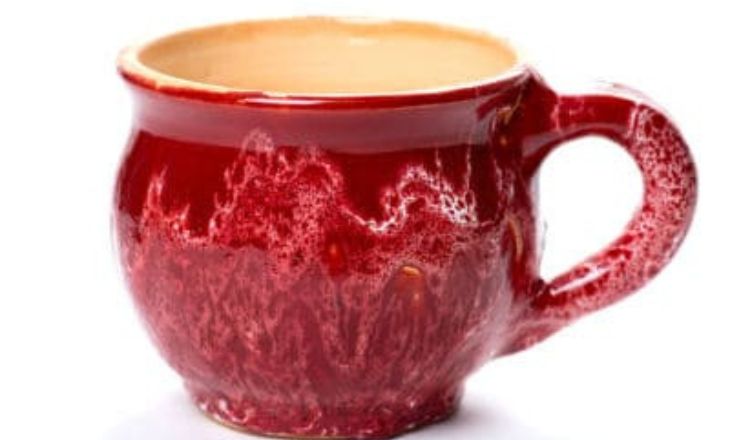
The static glazes maintain their appearance after firing, while flowing glazes exhibit fluid movement during the process, resulting in unpredictable and captivating patterns. By strategically applying these glazes in specific patterns, potters can exercise some degree of control over the final look of their pieces.
Textured Glazes
The crackle glaze, for instance, provides an intriguing contrast between the smooth surface and the intricate web of cracks that form upon firing. The finished piece gains charm and a sense of history from this texture clash.
Specialized textured glazes can provide mottled, foamy, pitted, and cobbled textures along with crackle glazes. Textured glazes invite us to explore beyond the boundaries of conventional ceramic finishes, encouraging us to embrace the nuances of imperfection as a source of artistic inspiration.
Raku Glazes
One popular type of raku glaze is the copper matte glaze, known for its vibrant reds and striking metallic sheen. By carefully controlling the firing process, artists can achieve a range of colors from deep blues to fiery oranges.
Another intriguing raku glaze is the crackled white, which showcases an intricate network of fine cracks that form as a result of thermal shock during rapid cooling. The contrast between darkened cracks and lighter base colors creates a visually stunning finish that captures the essence of raku ceramics’ unique beauty.
The transformative process during raku firing results in striking earthy colors, captivating metallic tones, and intriguing crackle or speckling patterns. These intricate details are brought to life through the interaction between the glaze and the reduction atmosphere created by the combustible material.
Luster Overglazes
Luster overglazes stand out for their ability to add a touch of metallic and iridescent magic to ceramics. These special glazes are applied over an already glazed and fired surface, creating stunning effects that catch the eye. To ensure the success of luster overglazes, it’s important to fire them at a low temperature between cones 018 and 016. This safeguards the underlying glaze from melting, preserving the integrity of both layers.
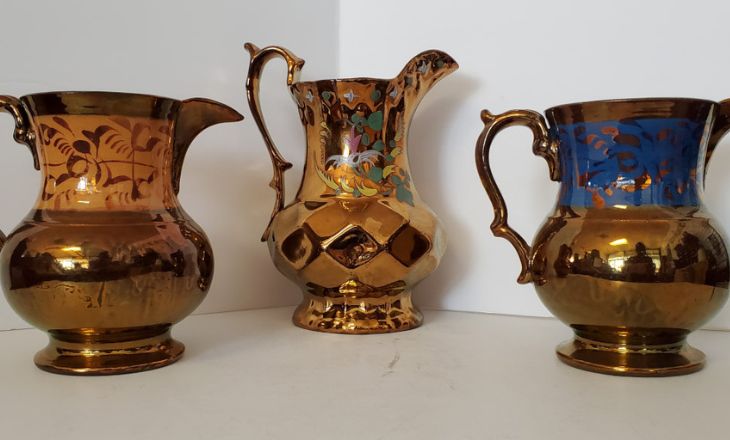
With refined ingredients that melt easily at low temperatures, these glazes can be painted, dipped, or sprayed onto your ceramic pieces. For those looking to add intricate designs or detailed touches, luster pens provide a precise tool to draw and enhance the final look with shimmering accents.
Conclusion
Mastering the art of pottery glazing requires a blend of practical, technical, and artistic skills. While you can influence the outcome by selecting the right type of ceramic glaze, there is always an element of unpredictability in the firing process. Embracing this uncertainty can lead to unexpectedly beautiful results that surpass your initial vision.
As you continue to hone your craft, exploring different glazes that align with your preferences and proficiency level is key. Choosing the right glaze can enhance the beauty and durability of your pottery creations, making it an essential aspect of the pottery-making process for beginners to master.
FAQs
How do I Choose a Pottery Glaze?
It involves several factors. First, think about the type of clay you are using, as different clays may react differently to certain glazes. Next, consider the firing temperature required for the glaze. Some glazes are designed for low-fire temperatures, while others are meant for high-fire temperatures. Then, think about the aesthetic qualities you want in your finished piece. Consider factors such as color, texture, and surface finish when selecting a glaze.
How do I Choose a Glaze Color?
Consider the style of your piece and how the glaze color will complement it. It’s also important to think about the firing temperature of the glaze. Some colors may change during firing, so be sure to choose a glaze that is compatible with the temperature you are using.
Can I Glaze Pottery Without a Kiln?
Glazing pottery without a kiln is possible, but the results may not be as durable or professional-looking as traditional kiln-fired pieces. One method is to use air-dry glazes that do not require firing in a kiln. These glazes can be applied to the pottery and left to dry naturally, creating a glossy finish. However, these pieces may not be food-safe or waterproof. Another option is to use alternative firing methods such as pit firing or raku firing.
